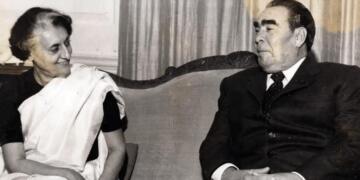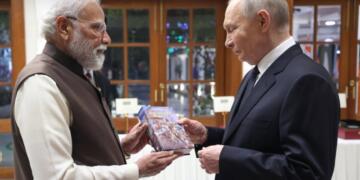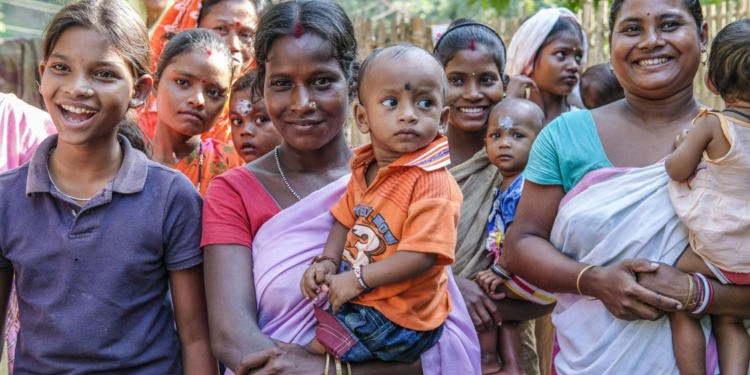Health condition in the country is improving at a good rate. As per the latest World Malaria Report by World Health Organization (WHO), the number of malaria cases has declined significantly over the last few years. India was ranked among top 5 countries with maximum number of malaria cases. Among the states, Odisha has performed the best in controlling the disease. “India registered a 24 per cent reduction in cases (from 2016 to 2017), largely due to substantial declines of the disease in the highly malarious state of Odisha, home to approximately 40 per cent of all malaria cases in the country,” said WHO.
The central government has set a target to eliminate malaria by the year 2030. Currently, the country accounts for 4 percent of malaria cases around the globe and 52 percent of the total deaths due to this disease outside the African continent. The number of reported malaria cases in the state of Odisha has declined by 80 percent. In 2017, approx. 347,860 cases were reported in the state with the number declining to 55,365 in the first nine months of this year. The majority of tribal population in Odisha is vulnerable to malaria and the state accounts for more than 40 percent country’s malaria burden. The state government started a health programme named Durgama Anchalare Malaria Nirakaran (elimination of malaria in inaccessible regions) to eliminate the disease in 2016 and this has substantially reduced the number of cases in the state, especially in the tribal population of remote locations. “Odisha government showed political commitment by allocating resources and working with development partners in looking at the big picture and ensuring last-mile connectivity,” said H S D Srinivas, head-Health, Tata Trusts.
As far as the effort of central government to control malaria is concerned, the Modi government had launched a five year National Strategic plan to ‘eliminate’ malaria in 2017. The plan provides a road-map to eliminate malaria by 2022 in 571 districts out of 678 districts in the country. The health condition in the country has been very poor for the last five decades. The Congress governments despite their repeated promises of universal healthcare could do nothing in improving the health condition. According to the draft of National Health Policy, “Over 63 million people are faced with poverty every year due to healthcare costs alone. It is because there is no financial protection for the vast majority of healthcare needs.” The poor and needy had to sell their hard-earned assets in order to get quality healthcare, or land up borrowing money from Sahukars who levied heavy interests.
Modi government launched Ayushman Bharat scheme on September 23 from Jharkhand. Under the scheme, government will provide a health insurance cover of up to 5-lakh to 50 crore people. Almost 40 percent of the population is set to be covered under this scheme. Besides the insurance cover, the government will create 1, 50,000 wellness centers across the country under the Ayushman Bharat scheme. The wellness centers include Sub-centers, Primary Health Centers (PHC) and Community health centers (CHC). The families to get benefit from the scheme will be identified through Socio-economic and caste census (SECC) of the 2011 data. This is the largest public health insurance scheme in the world. Universal healthcare is the need of hour for any nation in the world. Since Modi government took over, it has been making tremendous efforts to reach this goal.





























